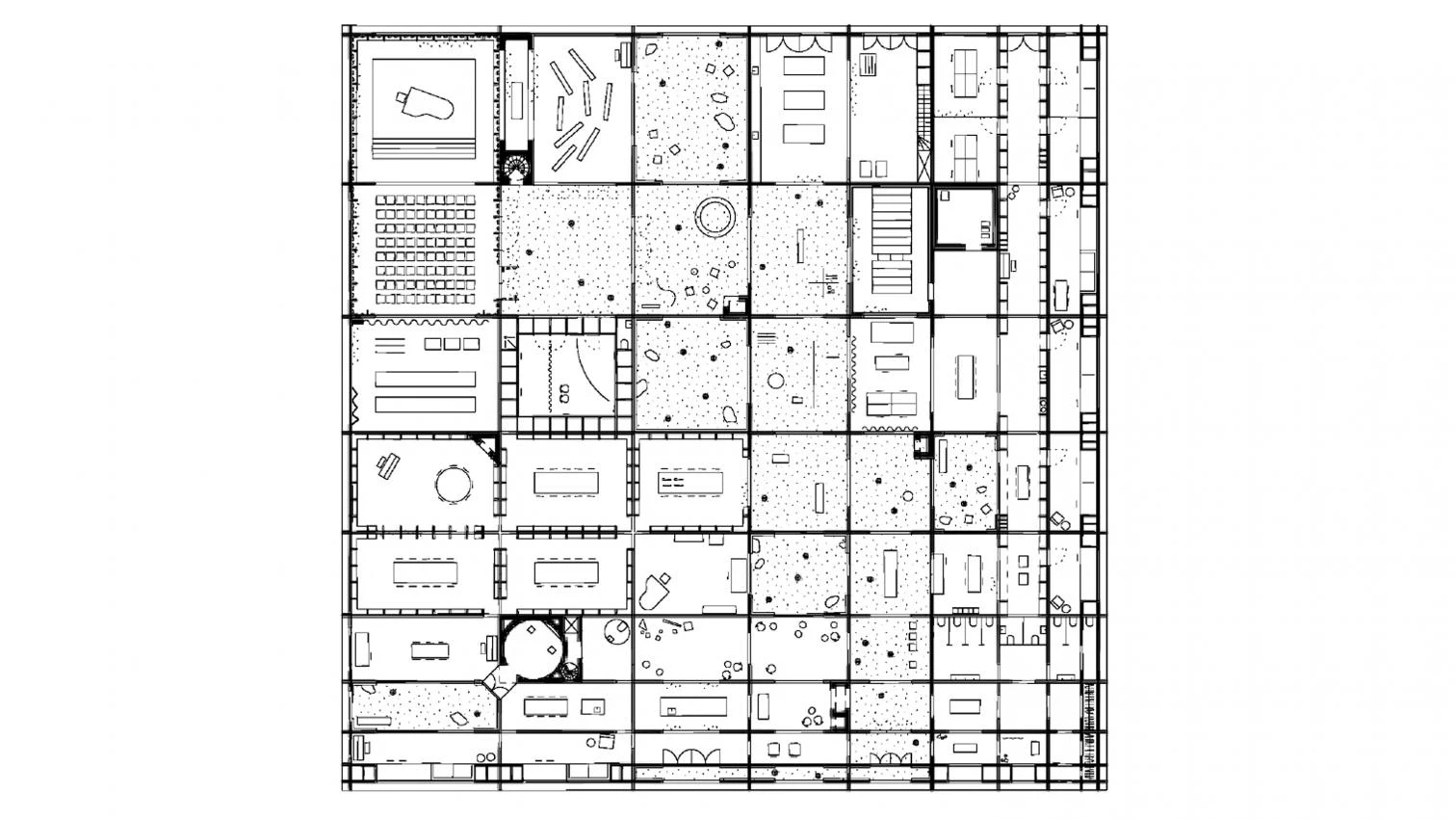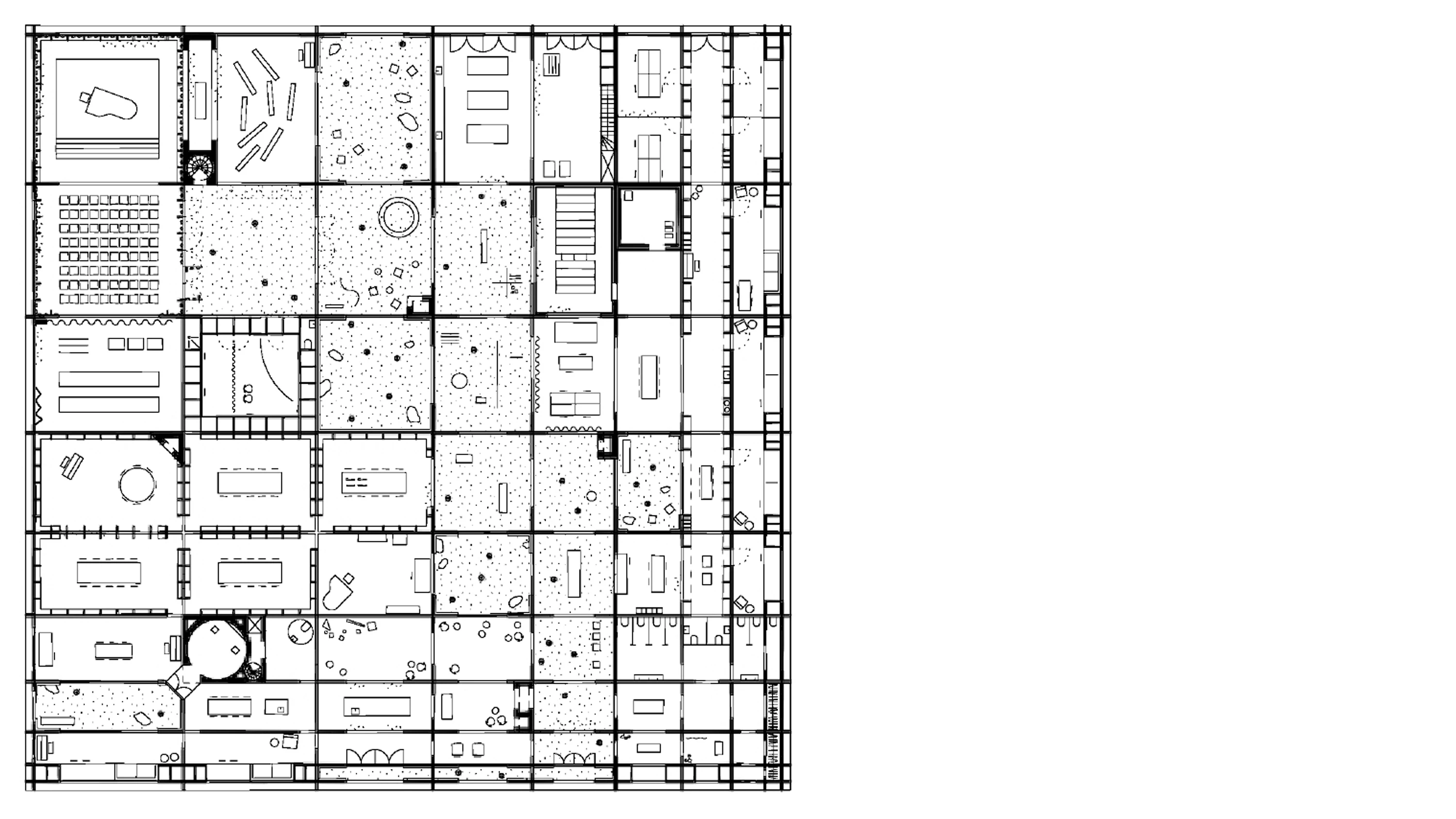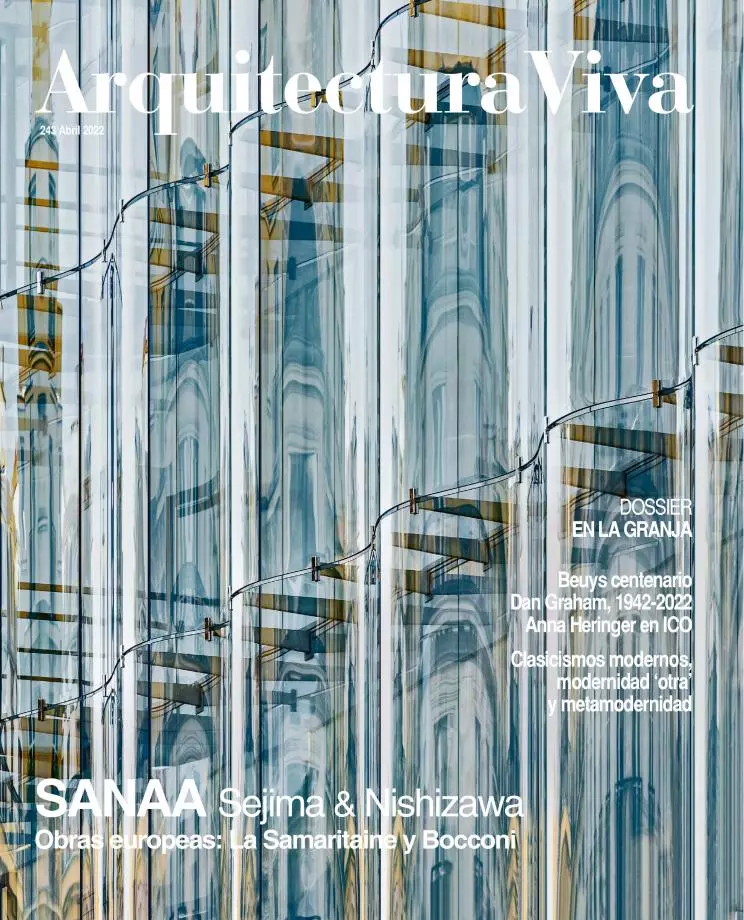
The term ‘metamodernism’ refers to a sensibility which relates directly to the conditions that the generations born in the 1980s and 1990s experienced in the wake of the 2008 financial crisis. In its historical attempt to liberate the individual from the quiescence of transcendental signifiers, from the Enlightenment to the 20th-century consolidation of democracy, the trajectory of the modern project and its value system has been challenged by the emergence of a series of seemingly hopeless contradictions, all of which are in alarming crash-mode acceleration – with sustainability, inequality, and alienation at the forefront.
In parallel, the culturally ingrained postmodern irony and cynicism that these generations inherited began to feel exhausted and aimless. As the artist Luke Turner noted, despite, or rather because of this, a “yearning for meaning” began to emerge, bringing a genuine resurgence of sincerity, hope, and romanticism. Elsewhere, he notes that metamodernism manifests itself “as a kind of informed naivety, a pragmatic idealism, a moderate fanaticism, oscillating between sincerity and irony, deconstruction and construction, apathy and affect.” This said, if PoMo died around 1990, and Deconstructivism some 5 years later, the question that begs asking is what happened to architecture between 1995 and 2015? The fact remains that there is a hiatus of 20 years in which we saw no movement or manifesto of substance to surface in architecture. Within this context, The Times architectural critic Tom Dyckhoff coined the term ‘New Seriousness’ apropos the emerging interest “for rather restrained, if not solemn designs (as opposed to flashy icons), a respect for tradition (as opposed to pastiche), and an emphasis on craftsmanship.”
The overindulgent collapse of the postmodernist vaudeville paved the way to a new narrative partially anchored in Kenneth Frampton’s critical regionalism and tectonic culture, Ignasi de Solà-Morales’s Differences, Vittorio Magnago Lampugnani’s Modernità e durata, Luis Fernández-Galiano’s influential directorship of Arquitectura Viva, Wilfried Wang’s prescient essays on ecology and the built environment, Rafael Moneo’s deanship at the Harvard GSD, and various other seminal designers and thinkers that fundamentally tried to inscribe a new raison d’être on the ashes of the modern project. Because of its admittedly abstract and non-figurative expressiveness, this New Seriousness would become the dominant expression of the following decades. By vetoing any form of classical idea of language, architecture as a discipline was cornered between the technological and the phenomenological realms, being that in both, the gradual loss of representational meaning – other than a form-finding Erlebnis, be it sensuous or tectonic – was paradoxically paralleled by its immense success.
Architecture became abstract, occasionally sculptural, subtle and restrained, locally rooted, finely detailed, and mostly monochrome. Caught within a dialectics of materialism, it was at once suspended between the technology- and construction-based doctrines and the aural seduction of poetic discourses on place and materiality. Alas, ironically globalized, the culture of resistance and its enclaves had finally become mainstream. Repeated to exhaustion, architectural catchwords like materiality, skin, mass, detail, joint, craft, and tectonics all became part of a generational lexicon which, in an increasingly destitute context, would become less and less relevant.
By the turn of the century, the reinvention of the banal, the everyday, began to show what I would call a split between thought and feeling: a departure from seriousness. Meanwhile, depleted by the Great Recession, what affinities could the younger generations have with the self-contemplating universes of introspective Swiss conceptualism or Japanese illusive transparency? What truth could they still find in the purity prophets of minimalism?






